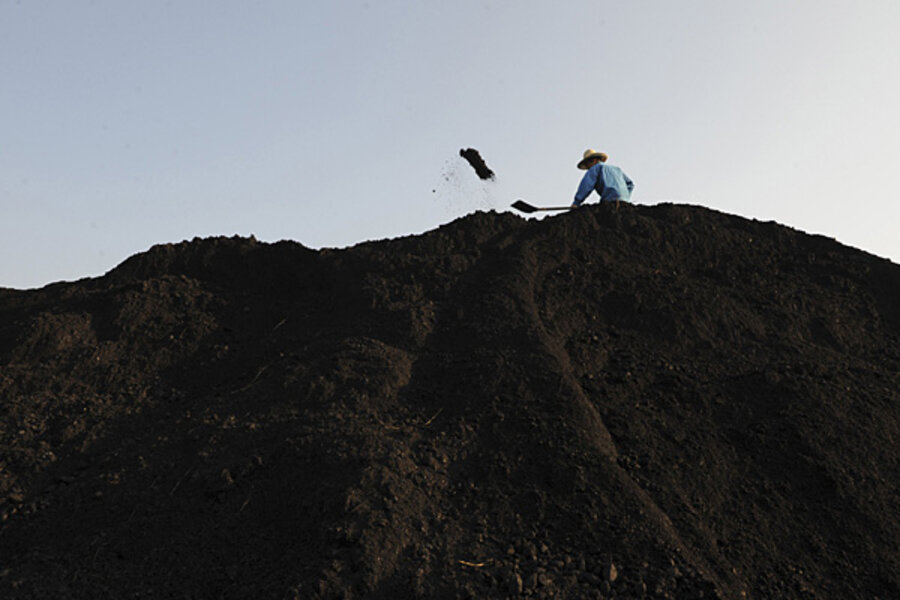World will use 56 percent more energy by 2040
Loading...
Despite decades of clean-energy innovation and improved efficiency measures, the world's population is consuming carbon-heavy fuels at a quickening pace, a new government report shows.
Developing countries are driving the consumption of inexpensive fossil fuels, relying on them to fuel their emerging economies. That growth is likely to continue, but government intervention and international exchanges of low-carbon technology can help mitigate the energy and environmental impacts of economic development, experts say.
"There is still the opportunity, with smart policy interventions, to moderate the energy and emissions growth and potentially preserve the option of limiting warming to 2 degrees," Elliot Diringer, executive vice president of the Center for Climate and Energy Solutions, said in a telephone interview.
Global energy consumption will grow by 56 percent between 2010 and 2040, according to the report, released Thursday by the US Energy Information Administration (EIA). Renewable and nuclear energy are projected to grow the fastest, but fossil fuels will continue to dominate, making up 80 percent of world energy use through 2040.
That dominance is visible in countries like China and India where sustained, long-term growth has driven demand for cheap and prevalent sources of fuel like coal and oil. Energy use within the Organization for Economic Cooperation and Development (OECD), which represents the developed nations, is projected to grow only 17 percent between 2010 and 2040. Outside the OECD, however, it's expected to rise by 90 percent, according to EIA.
"Rising prosperity in China and India is a major factor in the outlook for global energy demand. These two countries combined account for half the world's total increase in energy use through 2040," EIA Administrator Adam Sieminski said in a statement Tuesday. "This will have a profound effect on the development of world energy markets."
China consumed 47 percent of the world's coal in 2010, according to EIA, and its reliance on the carbon-heavy source of fuel will continue in the decades to come. But China is diversifying its portfolio and technologies like carbon capture and storage, which can help curb emissions growth.
"China has established itself as a global reader in renewables, in part by acquiring technology developed in the West through licensing arrangements," Mr. Diringer said. "New coal plants built in China are state of the art. We are seeing the latest technology being deployed, but they are still building coal plants."
The result is increasing emissions. Worldwide, energy-related carbon dioxide emissions will rise from about 31 billion metric tons in 2010 to 36 billion metric tons in 2020, according to EIA, and then to 45 billion metric tons in 2040. That's a 46 percent increase over 30 years.
Carbon intensity, on the other hand, is slowly declining. The amount of carbon dioxide emitted per unit of economic output is expected to fall by 1.9 percent per year in OECD economies and by 2.7 percent per year in the non-OECD economies from 2010 to 2040, according to EIA. That decline is largely attributed to countries using energy more efficiently.
"This trend of decreasing carbon intensity, combined with the increase in low-carbon energy sources, is good news, but is not enough to slow carbon emissions to the levels we know that we need to prevent further climate change," Joanna Lewis, professor of science, technology, and international affairs at Georgetown University, wrote in an e-mail.
"This only reaffirms our knowledge that 'business as usual' energy development is not good enough," Ms. Lewis added, "and we need to dramatically think about how we produce and consume energy in the coming three decades, as this is a decisive time in determining our ability to mitigate future greenhouse gas emissions."








